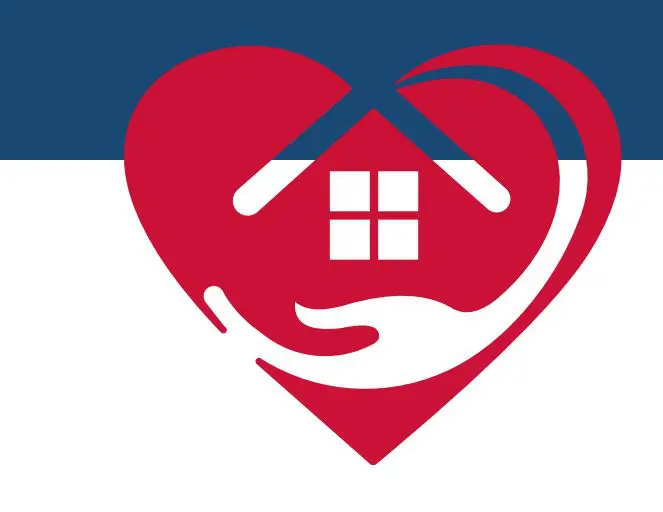ROME (ITALPRESS) – Integrated Home Care (ADI) is essential to ensure adequate health care for the elderly with chronic diseases, “but in recent years, despite the increase in the number of caregivers, the quality of the service has not improved proportionally. From 2014 to 2023, ADI coverage rose from 1.95 percent to 3.89 percent, with a target of reaching 10 percent by 2026 thanks to significant resources from the NRP, which provides care for 842,000 over-65s. However, the regions need to improve the intensity and quality of care, consistent with recent regulations, such as DM 77/2022.” In the editorial published on Salutequità’s official website (www.salutequita.it), an initial analysis is made of the current situationì, critical issues and the ‘historyà of integrated home care, which started in the 1970s but has still never been fully in place.Despite regulatory progress, the integration of ADI into the national health care system is still insufficient. The January 2023 ministerial decree emphasized the importance of providing home care through public and accredited entities. By the end of 2022, only about 66 percent of the care targets had been met, with 12 regions failing to meet expectations. In addition, the Court of Auditors has questioned the validity of achievements and the ability of regions to implement accreditation requirements. Finally, a new law of 2024 suspended the accreditation provisions, postponing the review to future arrangements between the state and regions by the end of 2026.Eleven days after the enactment of the competition law, the Milleproroghe decree (DL Dec. 27, 2024, No. 202) gave the regions an additional year, until Dec. 31, 2025, to adapt their accreditation systems, thus generating a “regulatory short-circuit” that could complicate the necessary implementation. The text is currently under consideration by the 1st Constitutional Affairs Commission, and amendments have been proposed to modify or eliminate it. “Another issue,” Salutequità points out, “concerns rates for Integrated Home Care (ADI): despite the 2021 agreement, less than half of the regions have published their rates. In this regard, the Ministry of Health Decree of March 13, 2023 established an average cost of 1,977.94 euros for home care, but this is only a temporary solution. Once PNRR resources are exhausted, the tariff issue will remain unresolved, risking compromising the quality of care. In 2023, ADI performed better than in the past, exceeding the target of new caregivers (526,000) with a 101 percent increase. However, performance was very uneven among regions, with PA Trento, Puglia, Tuscany and Umbria excelling, while Sardinia, Sicily, Calabria and Campania struggled to meet their targets. Only nine regions complied with CSR Agreement No. 151/21 by the deadline, and several have seen innovations remain on paper due to a lack of monitoring and verification. “Currently, only Sicily, Lombardy and Lazio have a fully operational accreditation system. It is crucial to improve ADI through investments in human capital and technology, enhancing training and strengthening the evaluation of care. It is necessary to promote greater integration between health and social services and to innovate organizational models, involving public and private accredited entities in effective governance,” Salutequità concludes. The goal is to use NRP resources to enhance home care activities, especially for patients with greater complexity, and avoid merely monitoring current outcomes.”
– Photo Salutequity –
(ITALPRESS).

